If you’ve been following my posts you already know that I am posting about my family’s trip to the Costa Rican jungle on the Osa Peninsula. You can catch all my posts to date about our trip here: Jungle Adventures
Last post I highlighted the four species of monkeys we found in Corcovado. Today I will share with you more fascinating jungle creatures that we happen upon. Our park guide is named Caesar and he is an amazing tracker, able to find even the most elusive jungle creatures. Follow us on our amazing hike through Corcovado National Park:
Baird’s Tapir
httpv://youtu.be/IxrKiEA79f8
Caesar tracks the tapir to the beach where these footprints make it easy to tell where the large thick-skinned creature might be hiding. The tapir’s hide is so tough a jaguar can’t cut through it. However, jaguars usually kill their prey by biting into its skull (FYI).
Pippi’s rubber boot is beside the foot print. You can tell it’s a pretty big creature, about the size of a large pony.

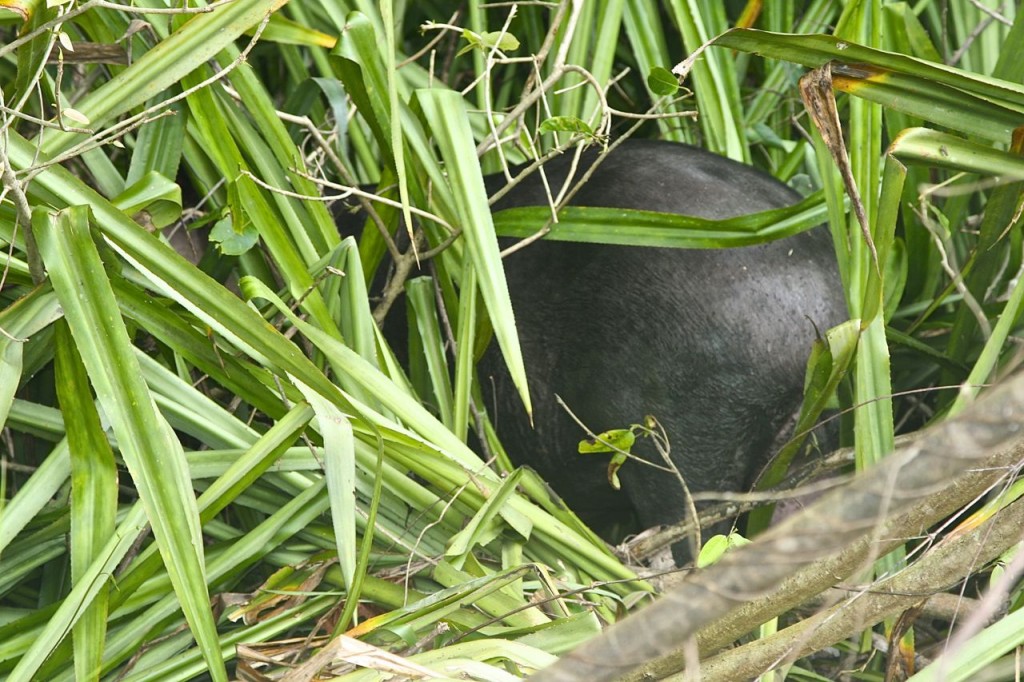
Here it is! We found our tapir munching on tall plants near the ocean. These are not typical grasses its eating—they are stalks over 8 feet tall. Thus, you get an idea of how large the tapir really is.
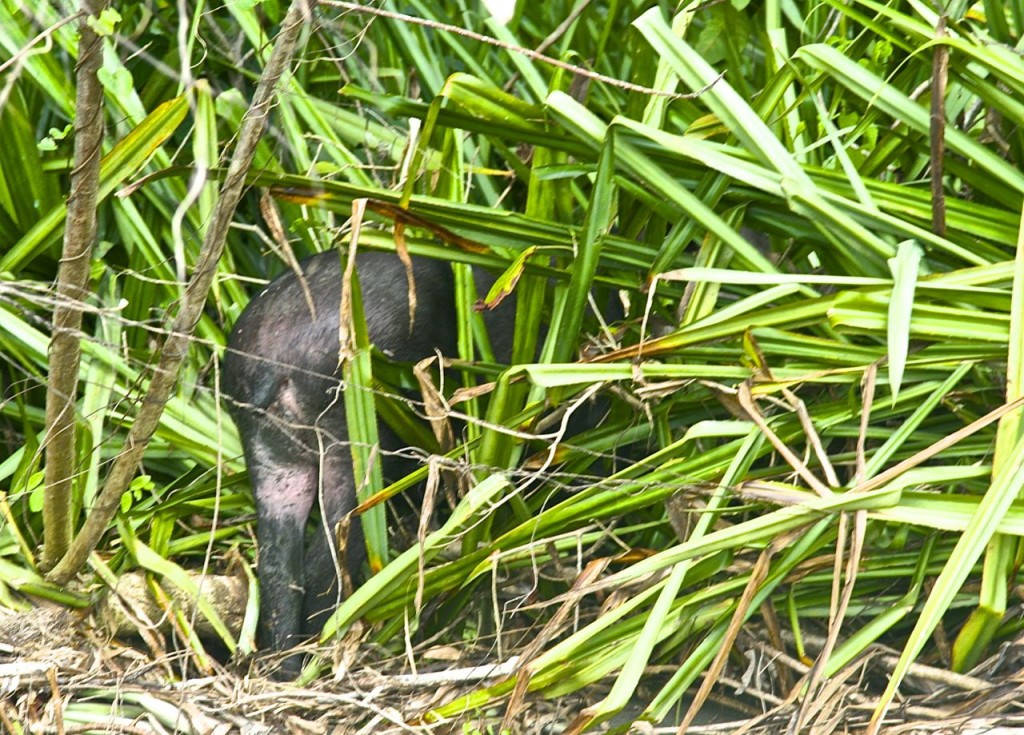
Mating Tamandua (Anteaters)
At first I think that we’ve come across a mom anteater with her baby on her back. But that was one big baby! Casaer clears up the confusion; we have stumbled upon the rare treat of two anteaters mating. They go at it through several trees. She seems to be bored by the whole experience and I think I hear her saying (yes, I speak anteater), “Get off of my back already!” But he is persistent and hangs on to her as she crosses through tree after tree.
The Jesus Christ Lizard
Yes, it can walk on water–it actually runs on the water.
The Dusky Legged Guan (turkey sized)
The Coati
The coati is a relative of the racoon. We spot 2 mama coatis with many tiny coati babies hiding in the forest.
This jungle plant can be peeled and eaten if one is lost in the woods:
A butterfly living in Corcovado
The Great Crested Curassow
This Prehistoric-looking bird is about 3 feet tall.
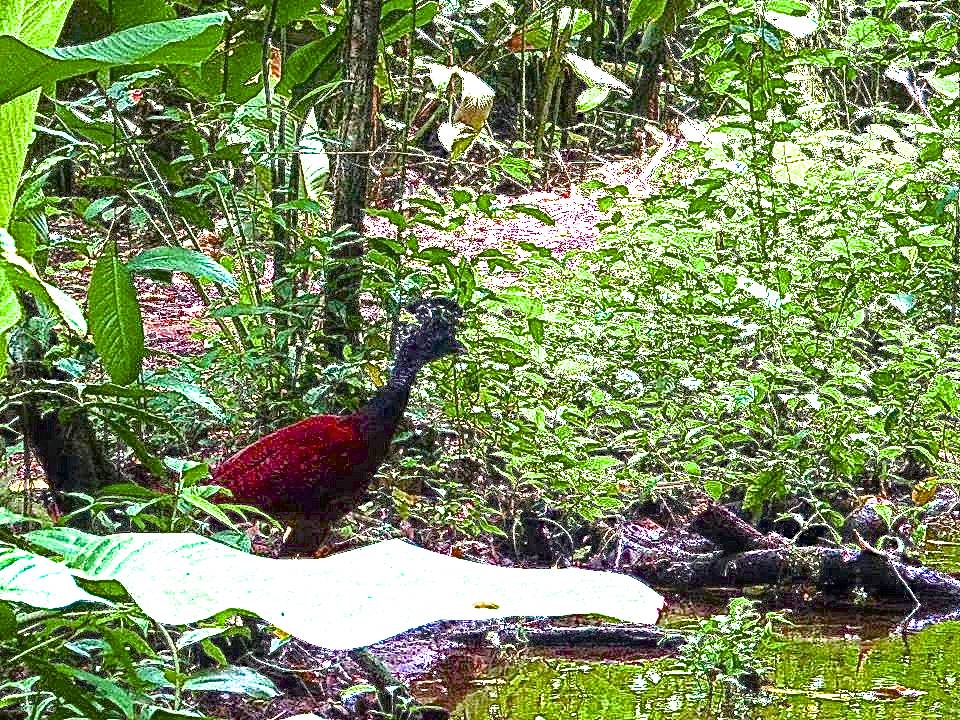
Three-Toed Brown-Throated Sloth
You must really study high in the branches to see the sloth’s furry coat. I can see her eye and nose looking at me. Sloths only come down from the tree once a week to poop and then they bury it. Burying it adds nutrients to the tree and also prevents predators from locating the sloth. Sloths have a lichen that lives on their body and also a sloth moth that feeds on the lichen—they are a mini ecosystem all in themselves.
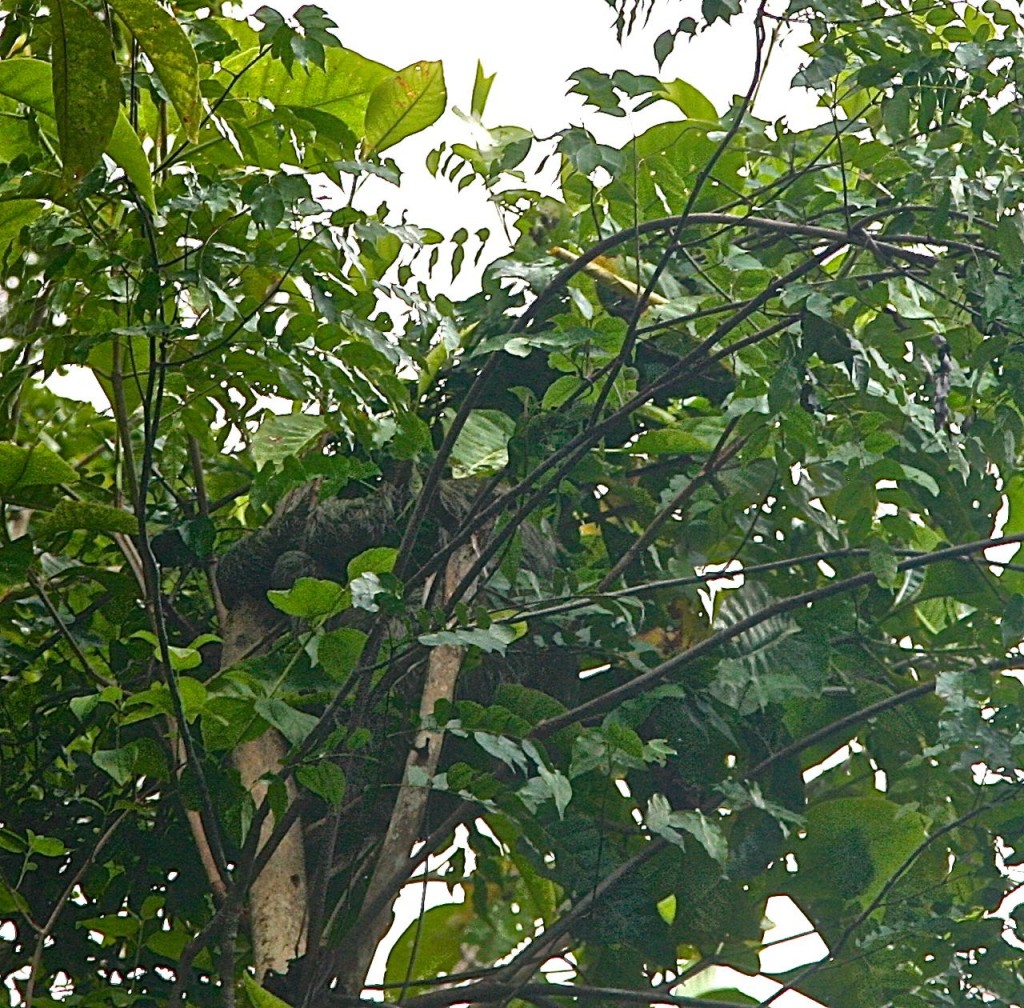
Lizard of Corcovado
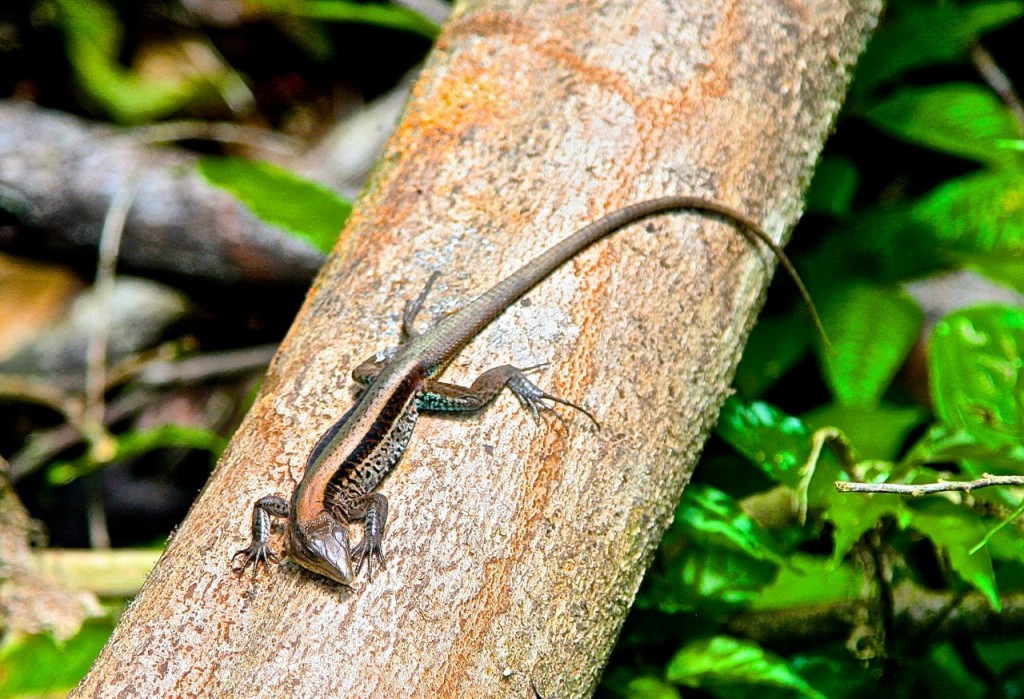
An exoskeleton of an arthropod insect that recently shed its old skin for its brand-new bigger skin.
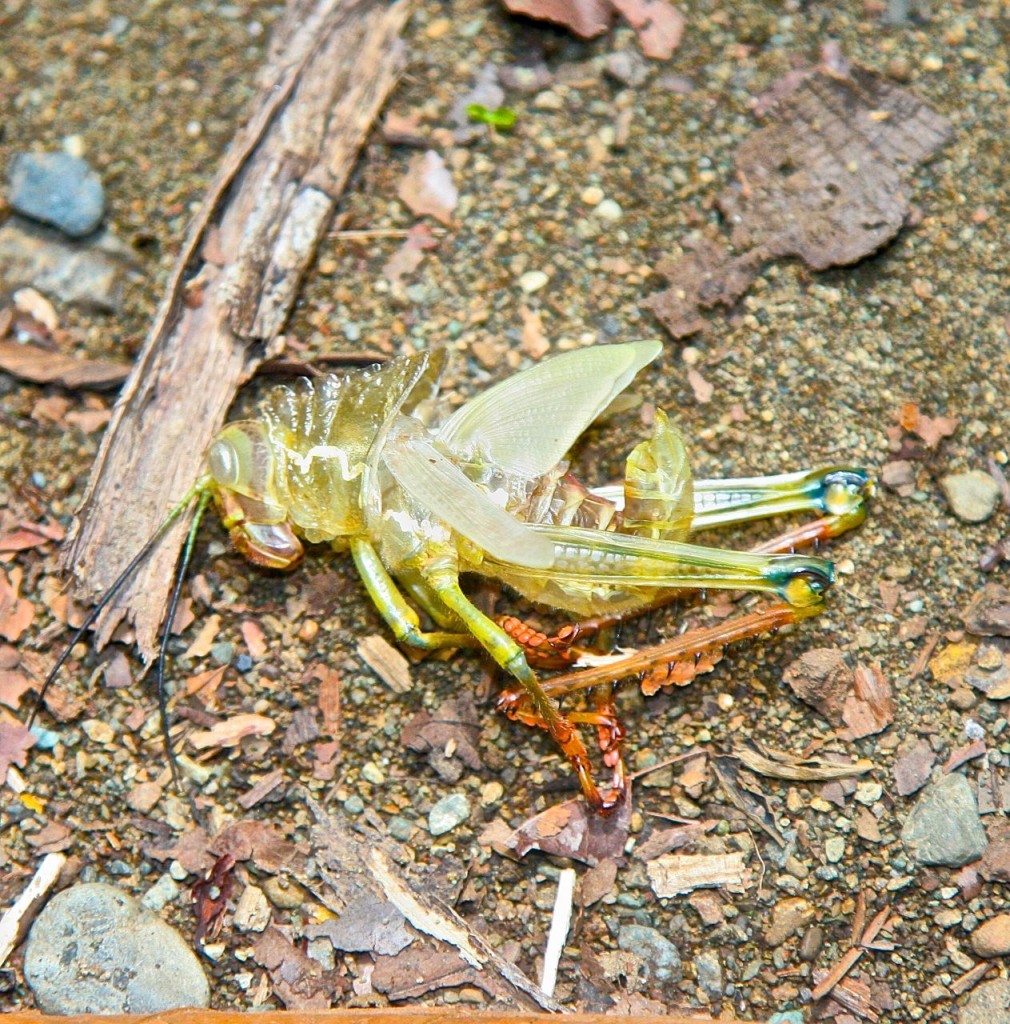
Hermit Crab Convention
Every single one of these shells is a hermit crab. I’ve never seen more hermit crabs on one beach before! From pin-head sized shells to lobster sized—every shell has a hermit in it.
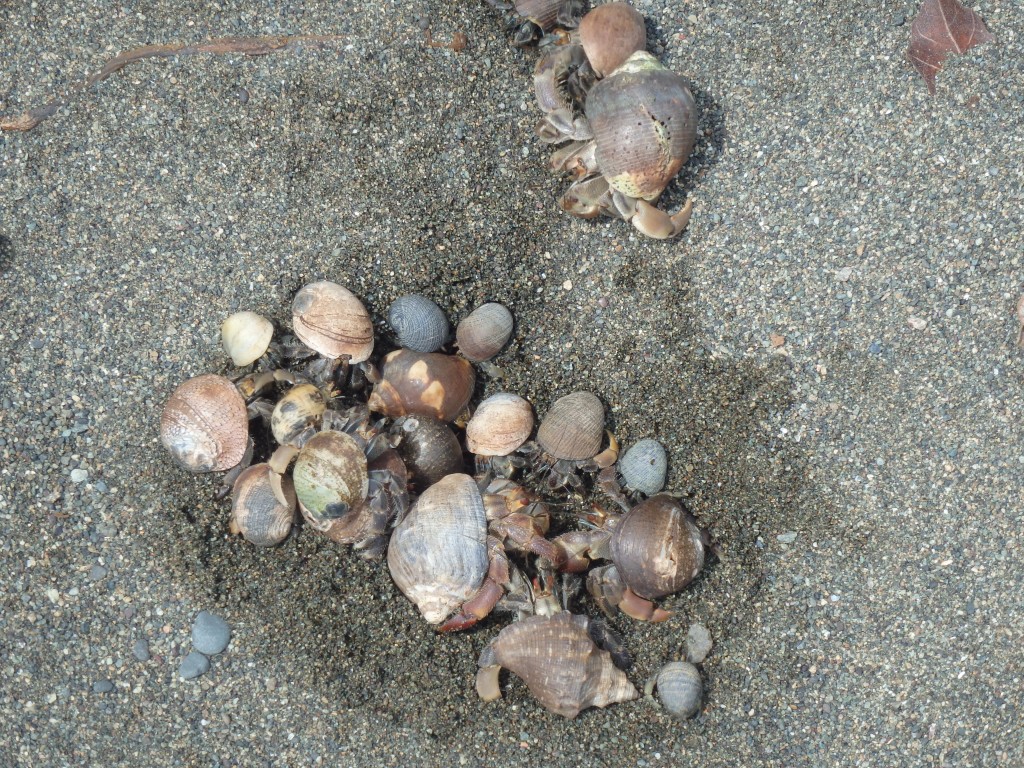
A Trogon, which is part of the Quetzal family of birds (prized by the Aztecs).
*We see many many more birds and butterflies: a pair of brilliant scarlet macaws, toucans, blue morph butterflies and more—however, my camera’s computer is not cooperating (keeps saying ERROR—lens not communicating with camera). AHHH! Of all the trips for my camera to break on! Many of the pictures are too blurry to share 🙁
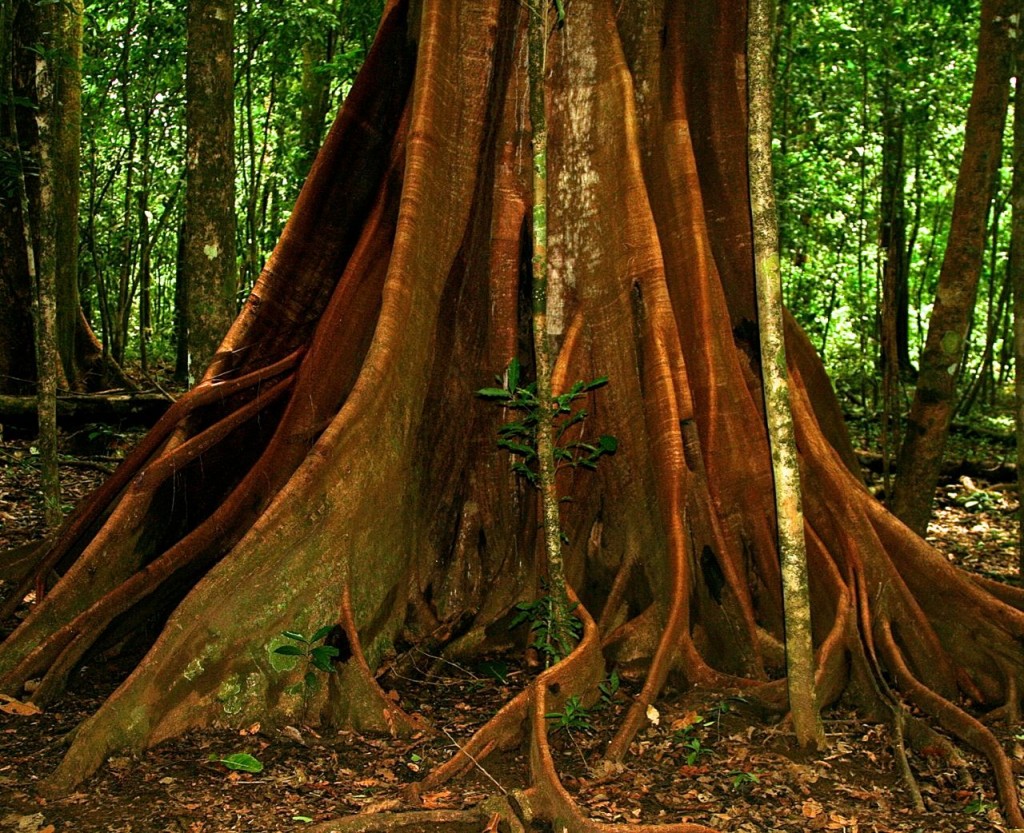
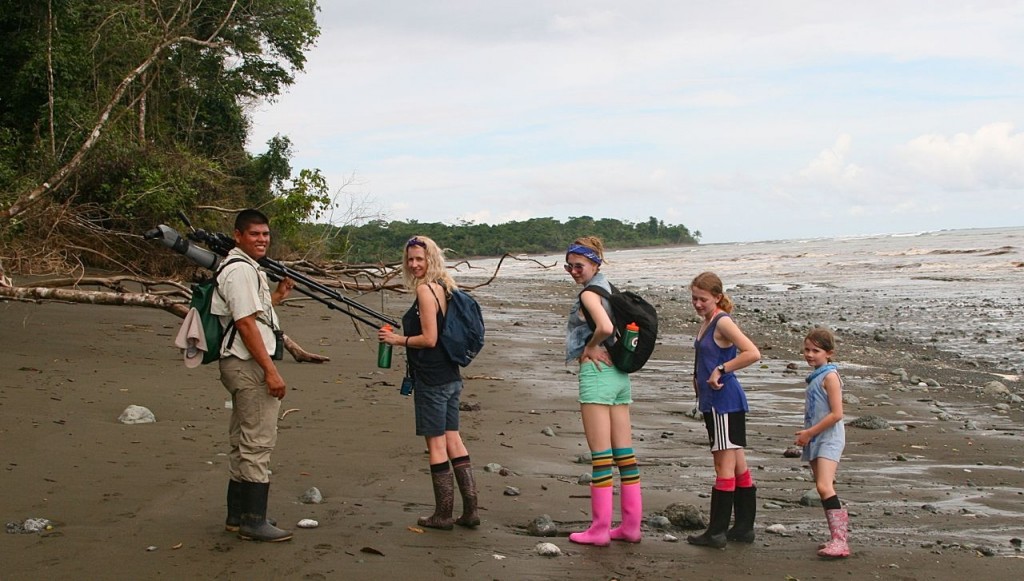
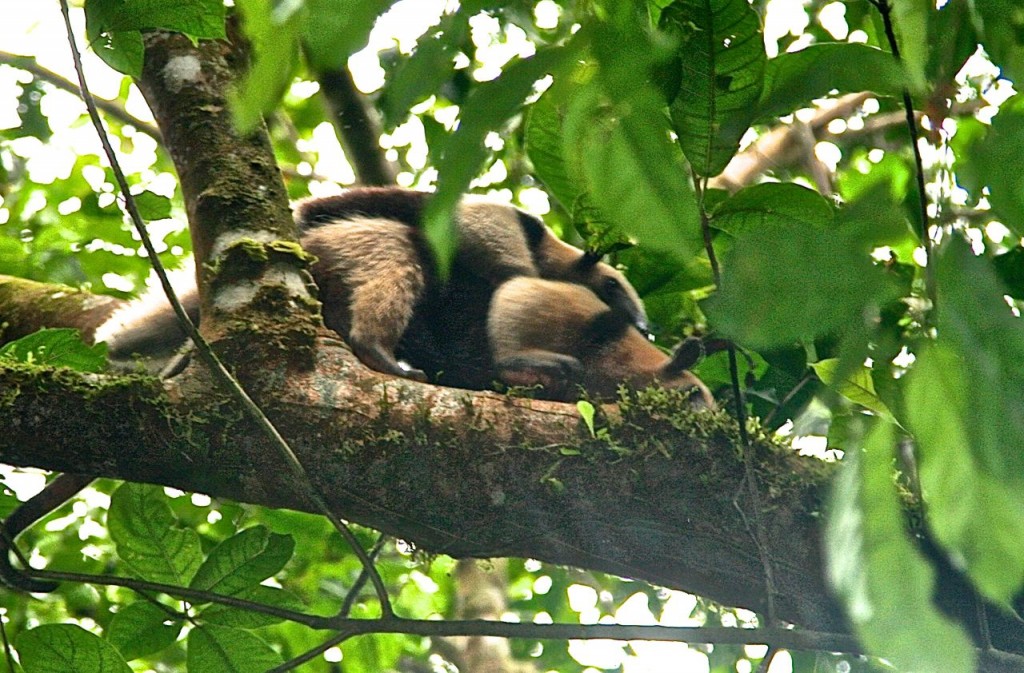
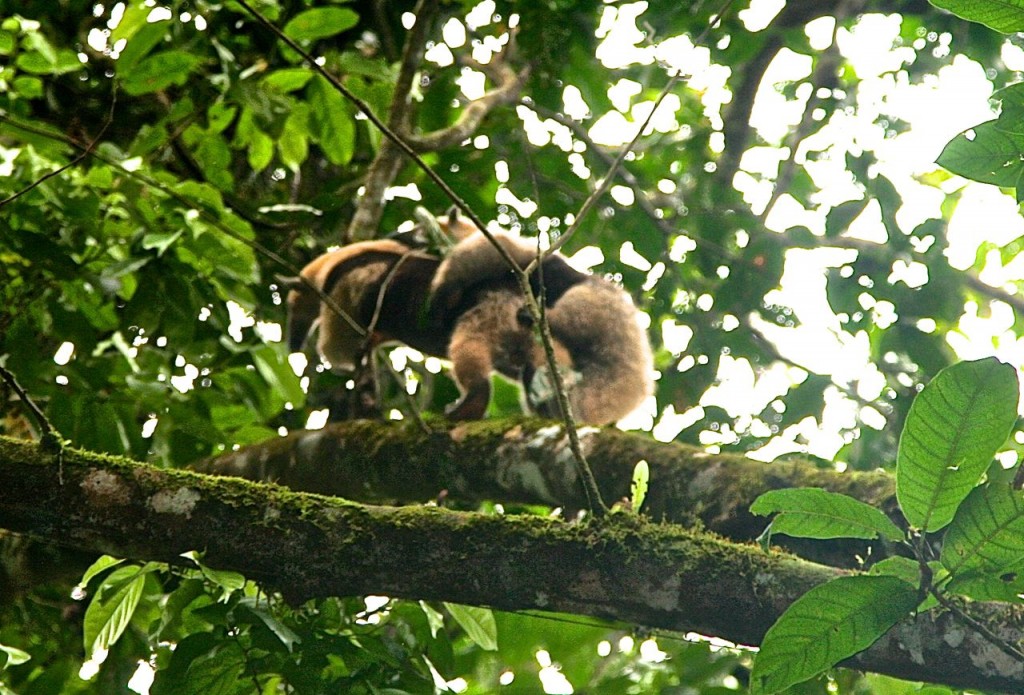
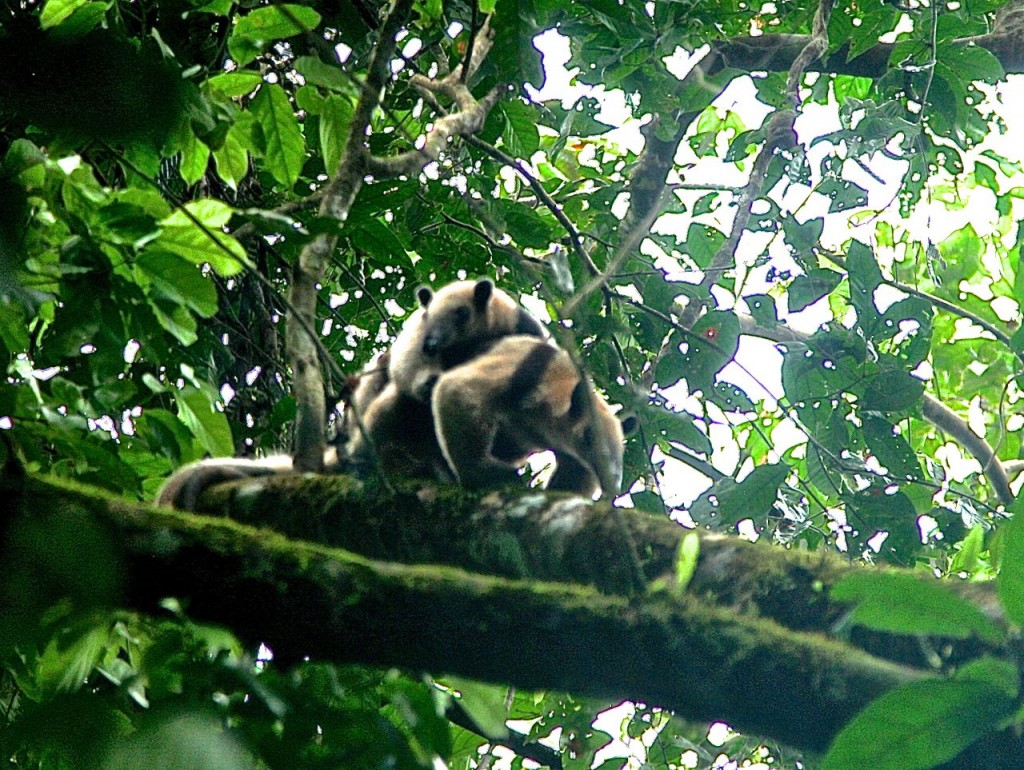
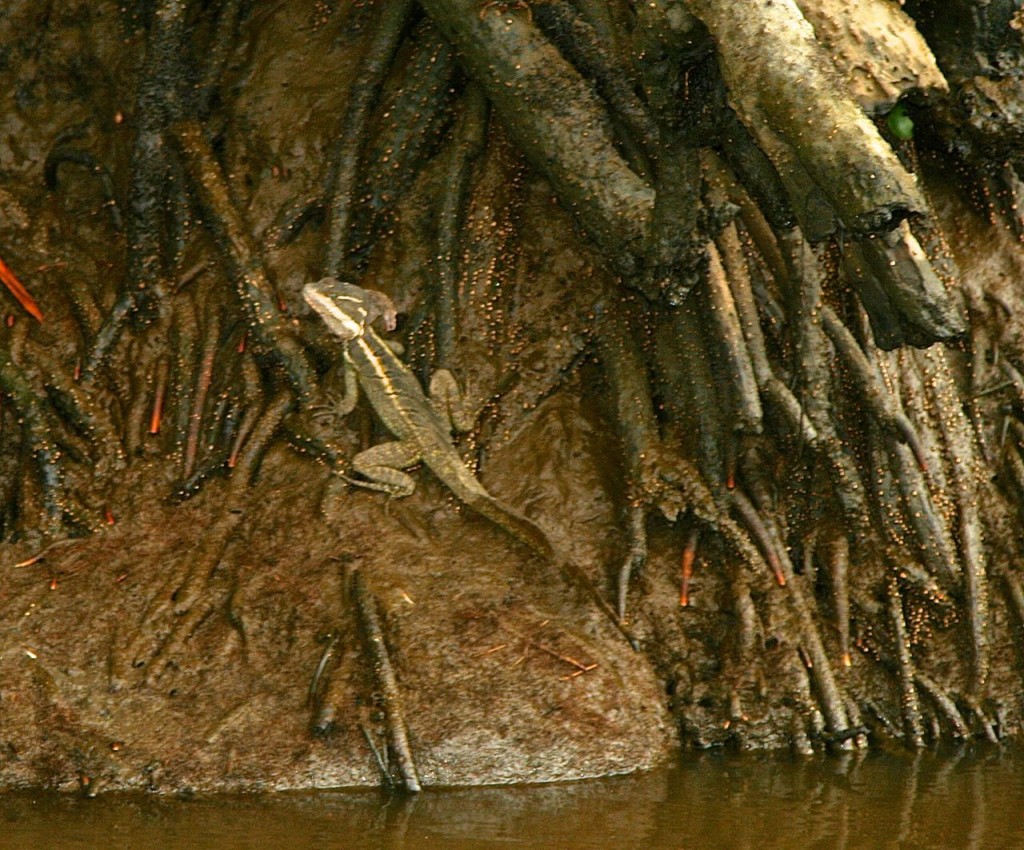
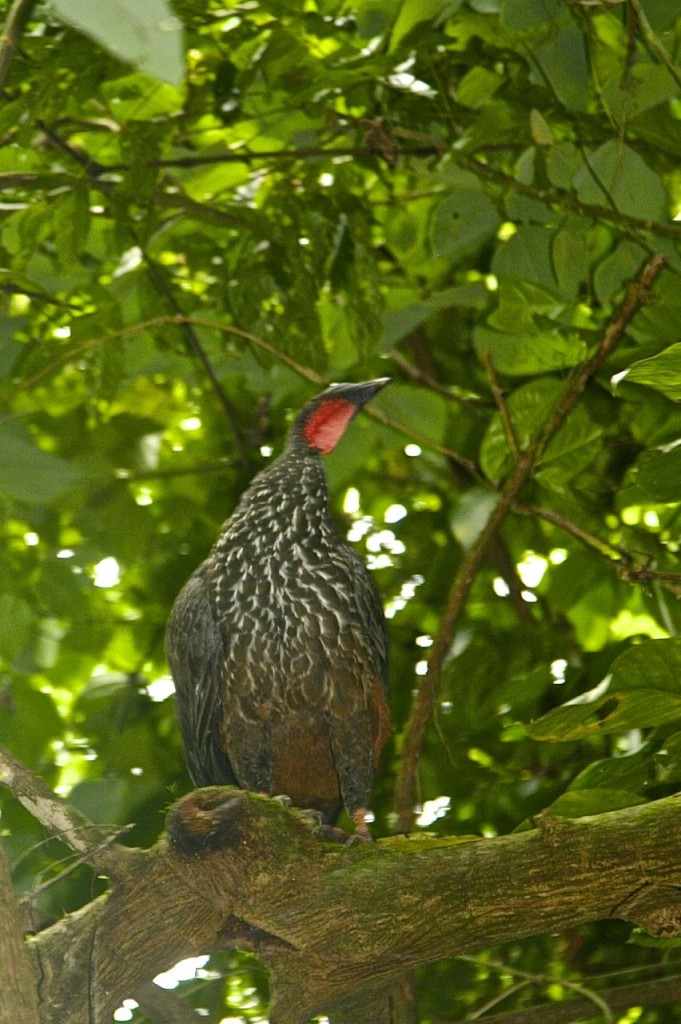
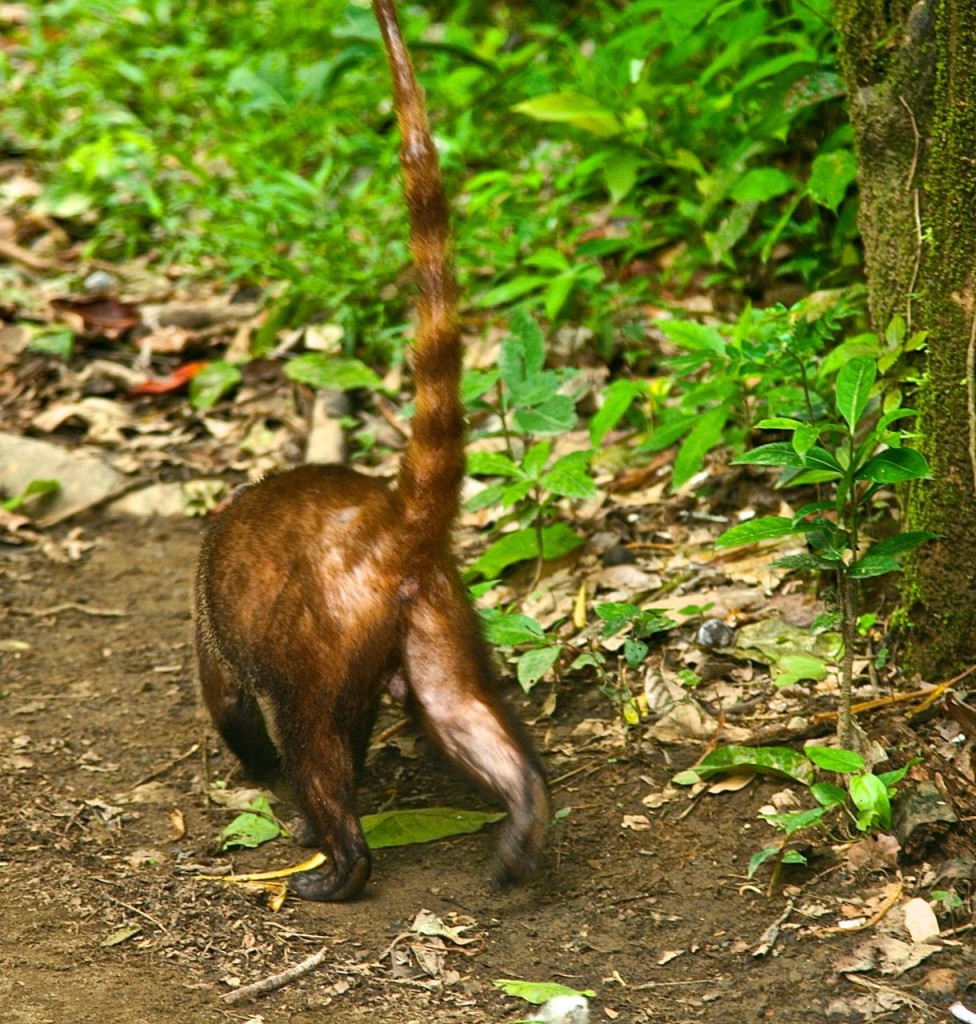
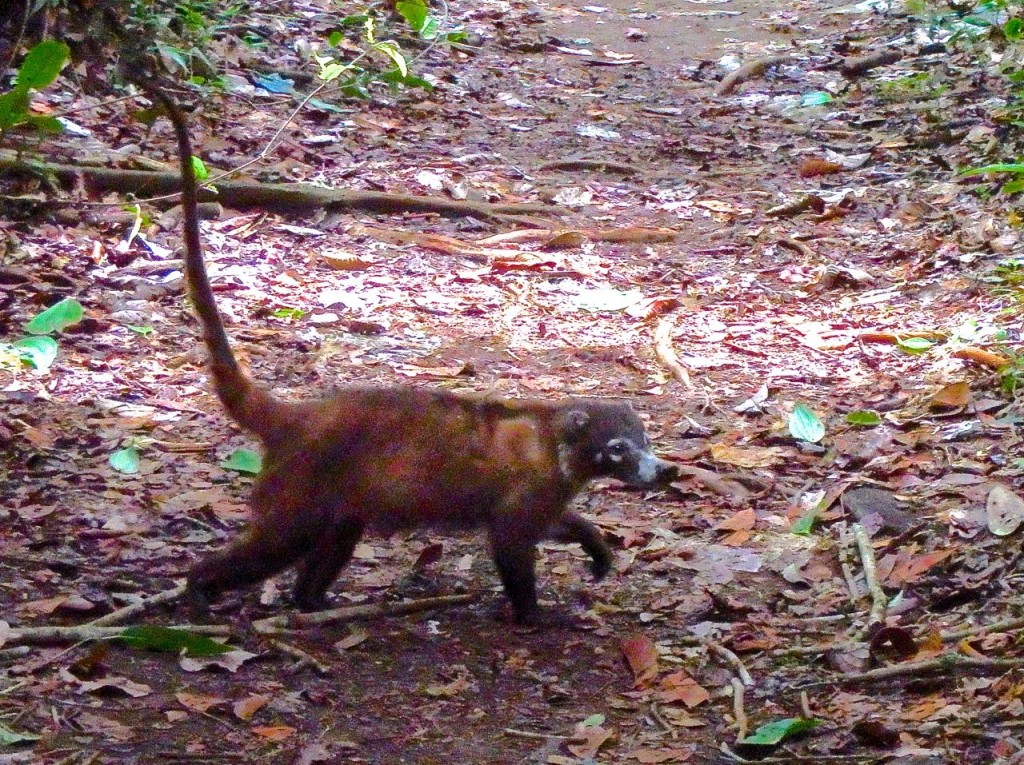
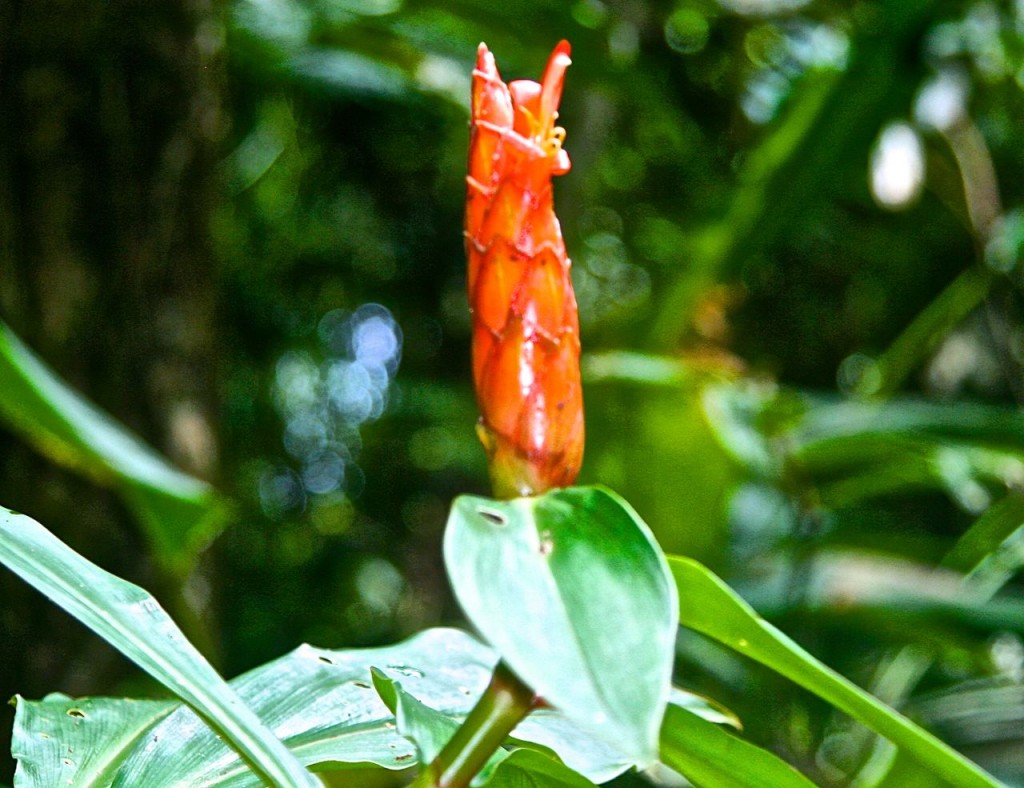
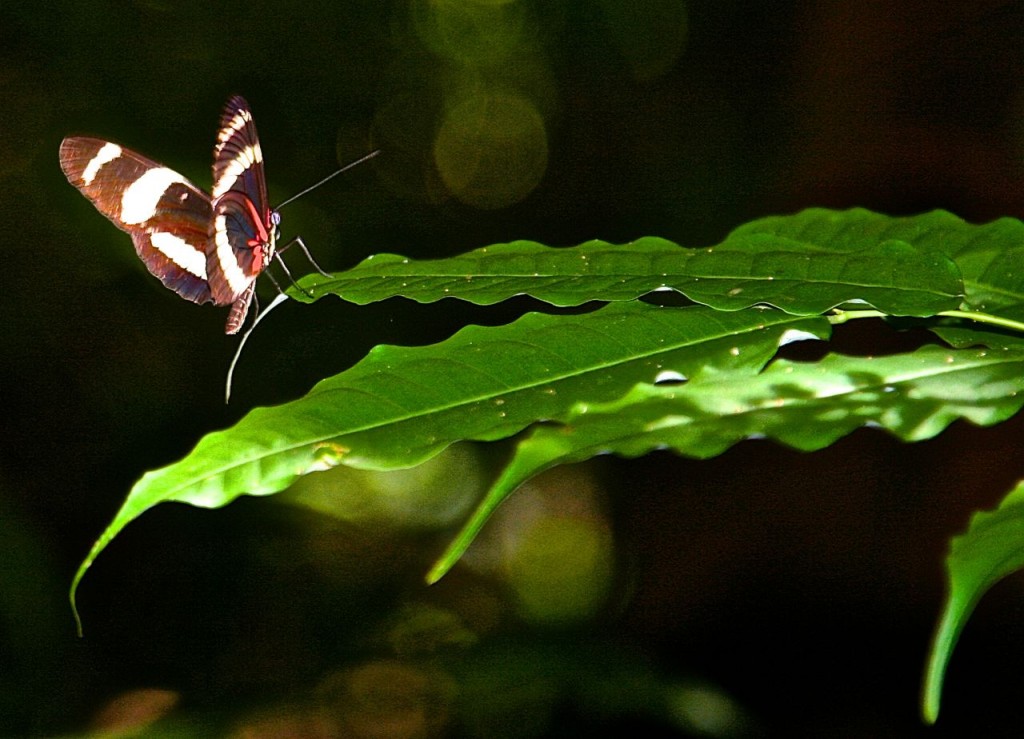


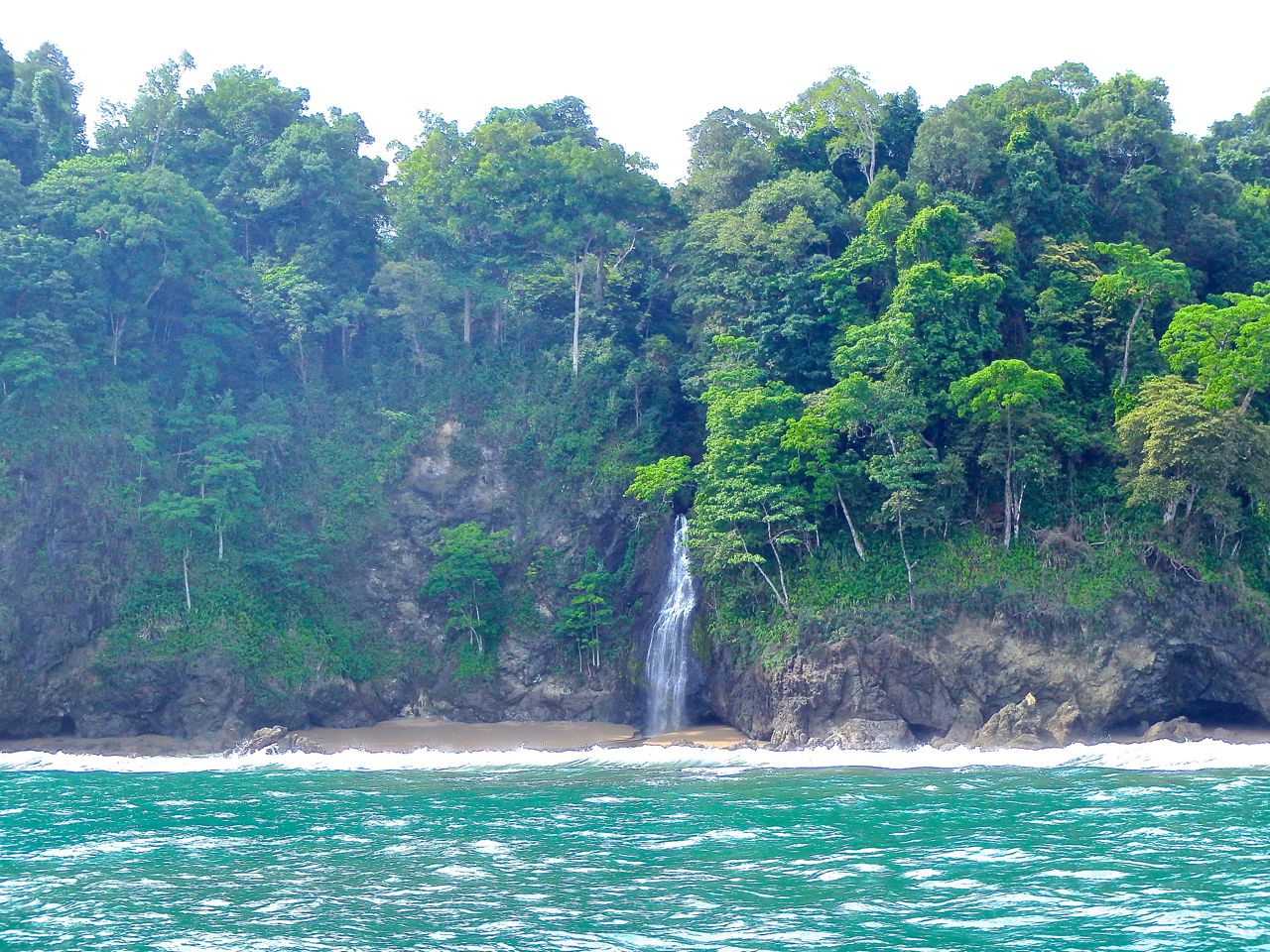
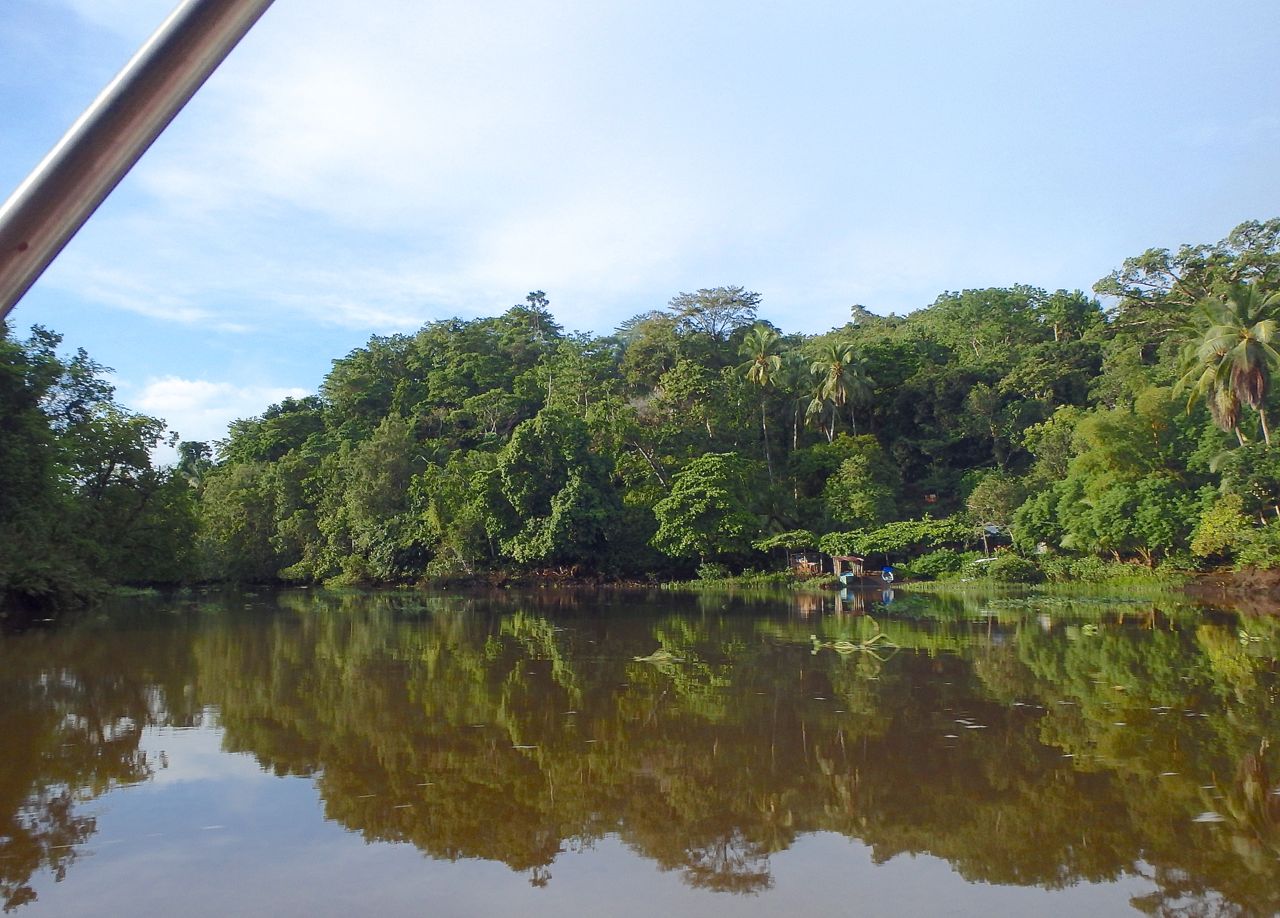

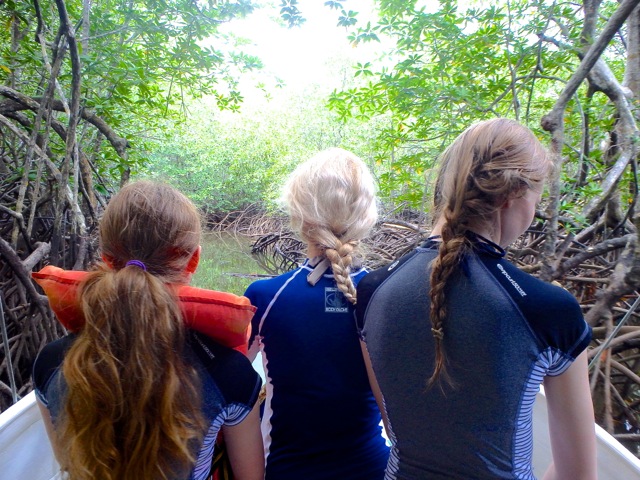
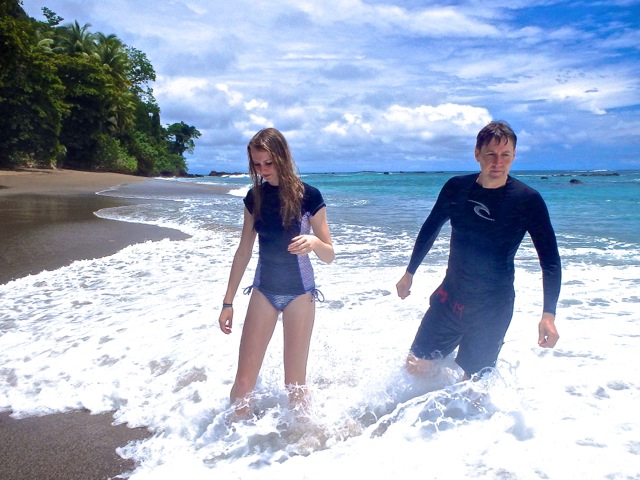
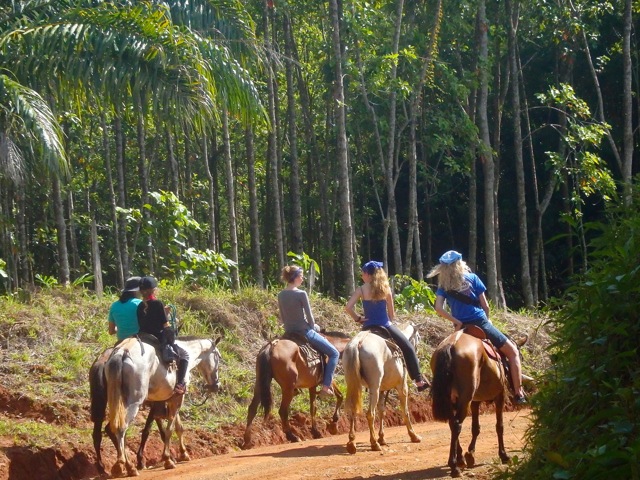

Penny Wallace
VERY fascinating! Good pictures.
Mix Hart
Thank you Penny.